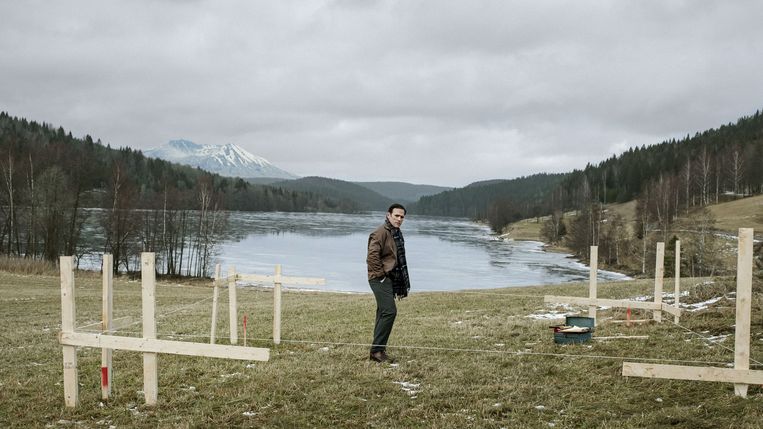Today, in practice, when a construction of a building takes place, we use mostly quantitative language to communicate the procedure of realization. This procedure meant to turn an idea, a principle, a concept, into build material environment. The practical paradigm uses data as language, as means of performing this operation. That means the every detail of the building is quantified. Everything should be measurable. Everything is coded. We use lines, numbers, codes, and operate only within this practice.
Working and living within this paradigm it is almost impossible for us to look outside. We (as part of the west) are living in a time in which materialism is the dominant perspective. Materialism means exactly that everything should be coded and quantified for communication. Post-industrialist us, we limit ourselves not only to a narrow catalogue of performance, but we think and/or believe that there are no more ‘things’ beyond what we can define in coordinates in space. The problem with architecture that its trapped in this paradigm, and as such, it loses what-could-be its immaterial side. Drawing lines and counting quantities are the implementation of what Nietzsche called christian anti-life. We go as far away as we can from the potential of human life, from our senses, our sensations, until we achieve the complete isolation of us as nothingness. The full spectrum of human existence is narrowed down to clicking in front of a computer screen full day long, dominated by our most basic capabilities, completely mechanical and automated.
What lies beyond the material ? Things which are not expressed as material.
It is not like we need to avoid building in material if we want to break from this blindness, we need to avoid thinking spatially and materialistically. There are elements which exist in space but do not take a defined form in space: sculpture, light, sound, anamorphic elements. Those cannot be described and conceived in the Cartesian space. To be anamorphic means to be like in Holbein’s painting of The Ambassadors, in the way that the blot is a Lacanian real which is symbolized through a specific perspective. The anamorphic as the Lacanian real if we try to confront it, leaves the symbolized meaningless, but we choose to live in a culture which avoids the confrontation with the real. If an object takes a defined shape in space, we are in a symbolic order. If all we can say about it related to its shape, coordinates in space and spatial character, it does not hold anything spiritual, anything beyond the materialistic perspective. The Lacanian real is what cannot be symbolized, the magical / enchanting and necessary part of our lives, the light and darkness of reality : death, god, finite and infinite, transcendence. Art not as a game within the symbolic but a climb through the symbolic until the beyond, the transcendental becomes imminent .
Architecture is just a secondary in lines of problems (which we can call progressively, limitations). The first problem is the western perspective of the life, of the world. A perspective that lost it past possibilities of thinking and acting beyond sterile practices which reduces all creative and subjective initiatives into regulative and objective processes. It sounds like a paradox : creating something in space that resists spatialisation. What is the key ? How we are, as humans. Objects exist for us only in a non spatial dimension, in our senses and in our mind. Materialism is only a limited concept, a shallow notion of the world. Material, for us, exists (only) in a symbolic dimension, but then,’objects’ in a church would also. Our ambition would be to explore more non-materialistic dimensions, not only the symbolic, in which objects can have existence to us. That does not happen by exploring more types of objects and practices, but rather thinking, contemplating, reflecting about it.
Our daily routine, our practises, our task oriented environment does not allow us to do that. It would not happen without some kind of radical change in thought and culture. Subjective freedom in the age of administration exists only for the sake of appearance. This happens while the public agenda is focused on the autonomy of the subject, but is that really the case ?

